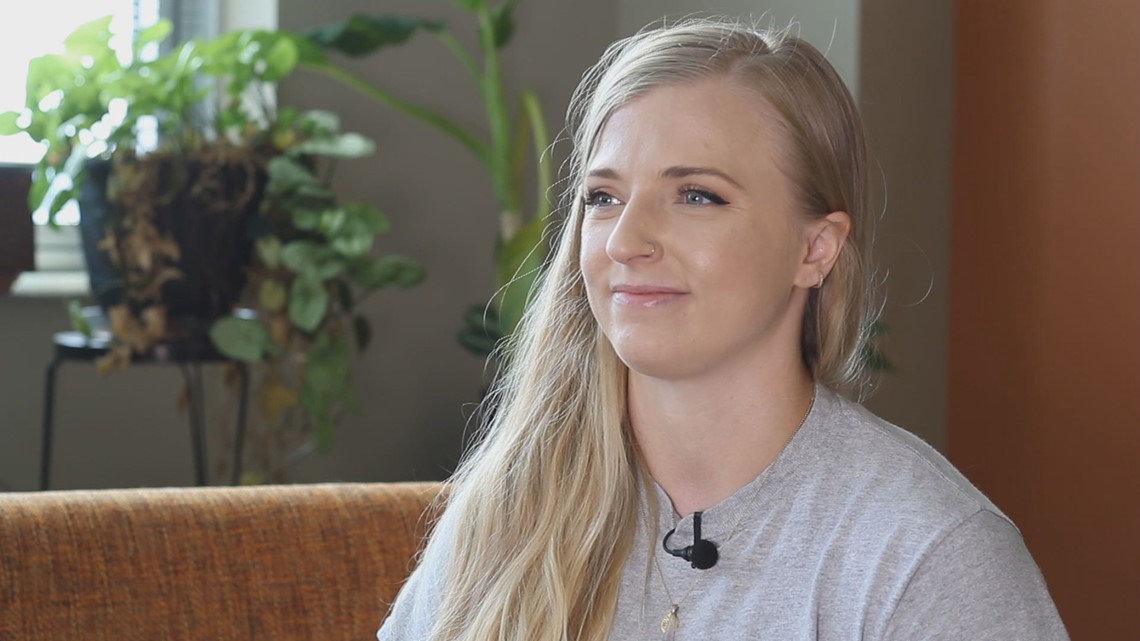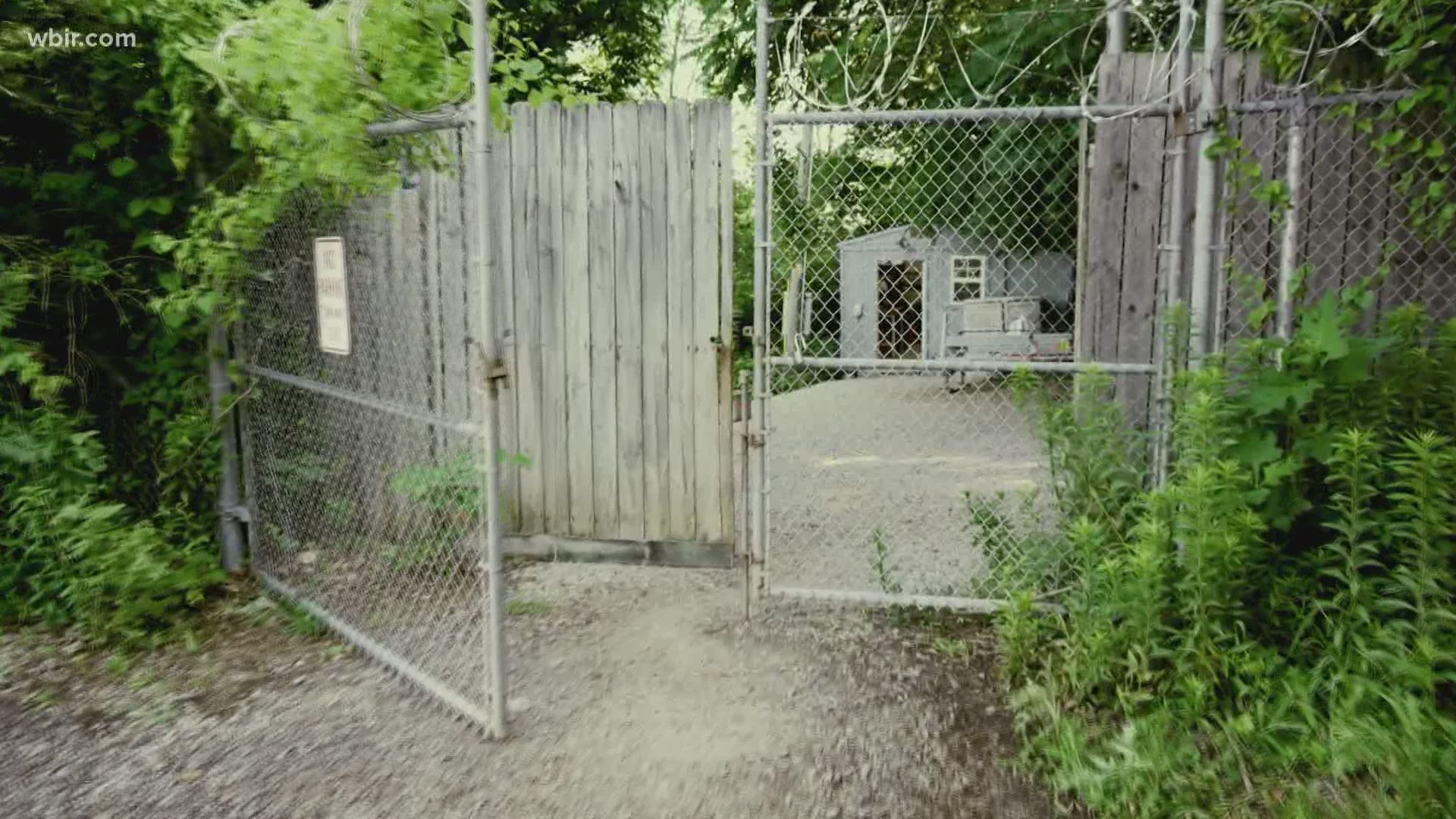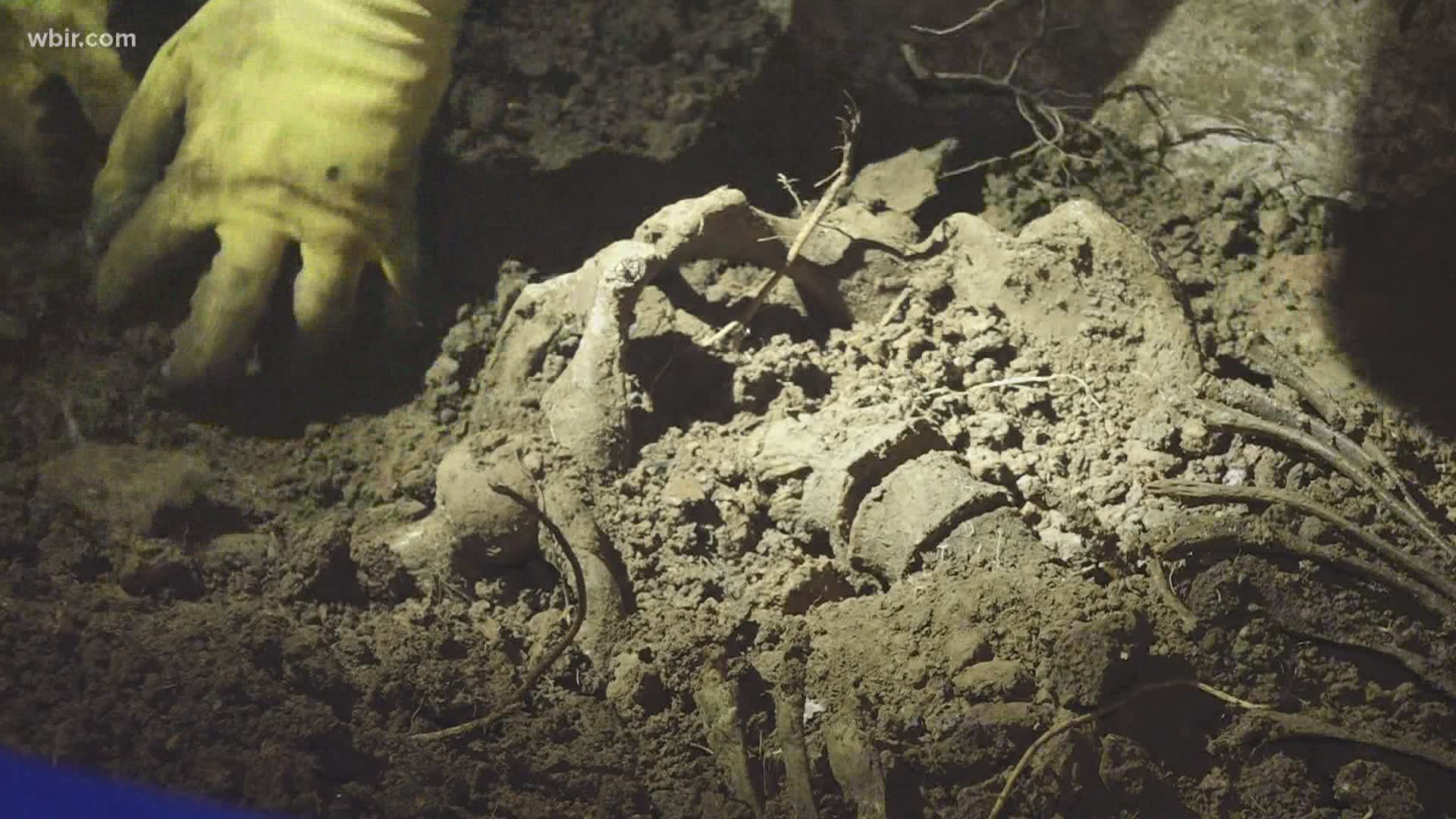KNOXVILLE, Tenn. —
Editor's Note: WBIR is reporting this week on the evolution of the University of Tennessee's Body Farm. This is the second installment.
A sense of dread rises as you put on blue booties outside the locked gate.
Coils of razor wire stretch across the top of the perimeter fence. A thick overhang of trees gives no hint of what's inside. But you know.
The gate swings open, you're ushered in, and you're immediately struck by the sense of calm.
Studying death, it turns out, is a quiet business.
Inside the University of Tennessee's Anthropology Research Facility, more widely known to the public as the Body Farm, researchers conduct experiments on donated bodies to better understand how they decay.
Police and medical personnel get firsthand training in recovering human remains. Students learn to study bones and what they can reveal about how a person passed.
It's science, not sensationalism.
"This facility is not anything like what you imagine it is," said Lee Meadows Jantz, one of the Forensic Anthropology Center's associate directors who has been at UT since 1985. "Yes, we have a lot of dead bodies out there."
Charity Owings, a forensic entomologist and post-doctoral researcher at UT, thinks it's unfair to depict the dead as inherently bad.
They can't hurt you, she said.
"There's this negative association with death and dead bodies: Zombies, ghosts, malevolent spirits," Owings said. "The thing I would say is that's purely fiction. Our facility is extremely peaceful. There's nothing spooky about it."
Hundreds of dead people have lain on this ground through the years. Hundreds more are sure to come.
THE PROCESS OF LIFE AND DEATH
A hilly, gravel pathway winds through the Body Farm. The three or so acres are heavily forested and mostly shaded.
This could be a park, if not for the constant research.
Occasionally you'll hear the sound of a LIFESTAR helicopter landing with a trauma patient nearby at the University of Tennessee Medical Center. Much further up the steep, wooded hill is a condominium development.
Yes, there are bodies. Sometimes there's a smell.
On a sunny morning in June, a few corpses lie out in the open, flesh gradually decaying, subject to the forces of nature. But most are cloaked in black plastic, identified with a number, prone beneath the trees.
While the dead rest, the living are busy.
"We are out there doing research, doing science to learn more about the human condition," said Mary Davis, research associate at the Forensic Anthropology Center, which includes the Body Farm. "Decomposition is all part of the process of life and death."
Studies have been done on how bones scatter as flesh fades away, how bodies decompose when put in water, how they look when hidden under poured concrete, what happens to a body as it sits in a car.

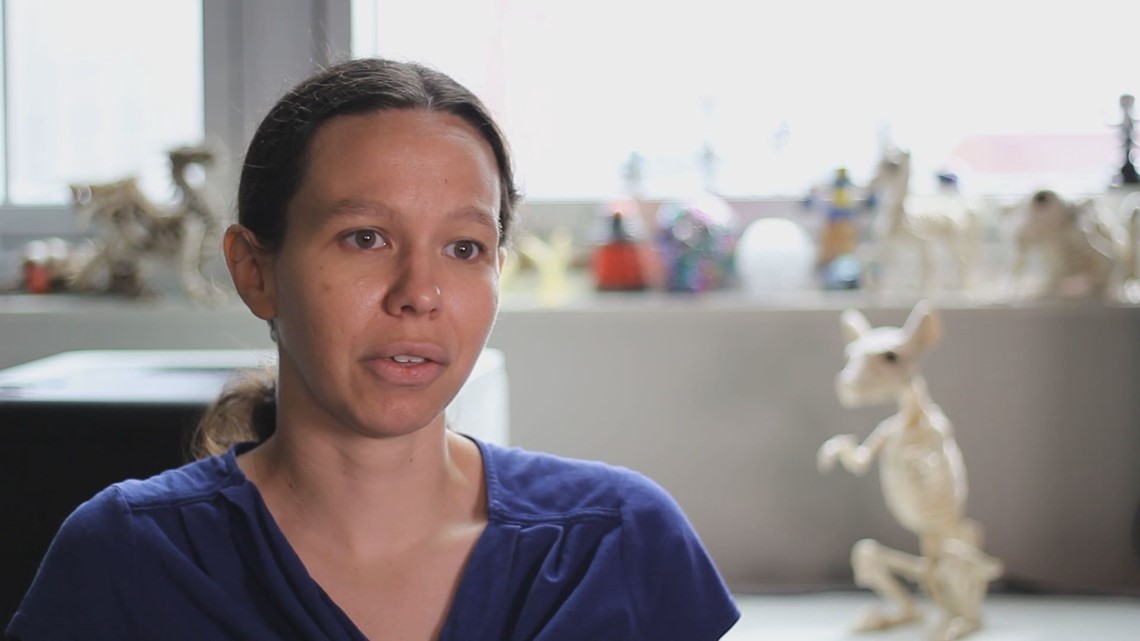
Owings conducts ongoing studies about how bugs interact with a human host.
Blowflies usually come first, spotting a newly donated body within moments of its placement on the ground. They deposit eggs that quickly grow into maggots, which can swarm by the thousands across a body.
After a week or 10 days, the maggots move on and other bugs arrive -- beetles, mites, wasps.
So long as there's some kind of tissue on a body, insects likely will feed, she said.
"Each insect has a different niche. They are feeding on different materials. Some are feeding on mummified or dried tissues."
Sometimes there are as many as 10 donated bodies that Owings is tracking day to day. She collects insect specimens and then heads to the lab to study them under her microscope.
At any given moment, typically, there are 150 to 200 donated bodies out at the Anthropology Research Facility, FAC Director Dawnie Steadman said. They usually stay about a year before being removed.
WHAT LIES BENEATH
Huddled among the trees here and there, crime scene investigators, law enforcers, anthropologists and archaeologists from Mexico learn how to process a burial site. On this day, about 30 scrape away layers of dirt until they come upon skeletal remains, another example of how a donor can assist in death.
They'll excavate and document what they find, said Giovanna Vidoli, an FAC associate director who oversees the center's training programs. They may find multiple skeletons, placed in layers.
For the Mexicans, the lessons are anything but academic. In recent years thousands of people have been discovered in mass graves in Mexican states, often executed by drug cartels.
Many victims have yet to be identified.
The Mexican visitors will take what they learn in Knoxville and apply it -- grimly -- back home.

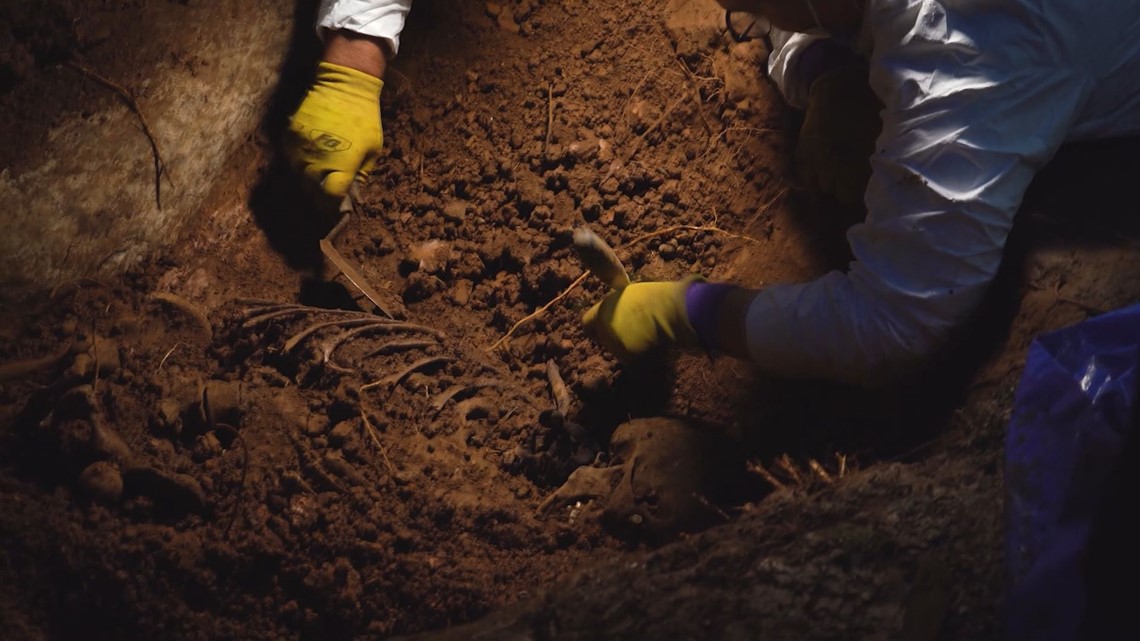
The training demonstrates the commitment by the governments of Mexico and the United States to stop the criminal activities of the drug cartels, said Citlali Torres Monreal, part of the Bilateral Government Relations Investigations Program with the U.S. State Department's Bureau of International Narcotics and Law Enforcement Affairs.
She accompanied the forensic students to Knoxville for training.
In June, the White House and Mexico pledged to address numerous issues between them including the disappearance of thousands of Mexicans.
A joint fact sheet reads in part: "The United States and Mexico will work to expand forensic capacity and partnerships to help solve the more than 82,000 cases of missing persons and disappearances in Mexico, potentially bringing closure to tens of thousands of families and ending impunity for offenders.
"The Department of State, U.S. Agency for International Development, and the Department of Justice will continue to train lab technicians and police to enhance their skills in forensic analysis of decomposed bodies and support Mexico's National Search Commission to collect, maintain, and analyze missing persons registries across the country."
Torres Monreal said the teams are looking forward to applying what they learn at the Body Farm. They'll not only have a better understanding about how to recover human remains, but they'll also be able to apply their knowledge as they hopefully prosecute those responsible for the mass killings, she said.

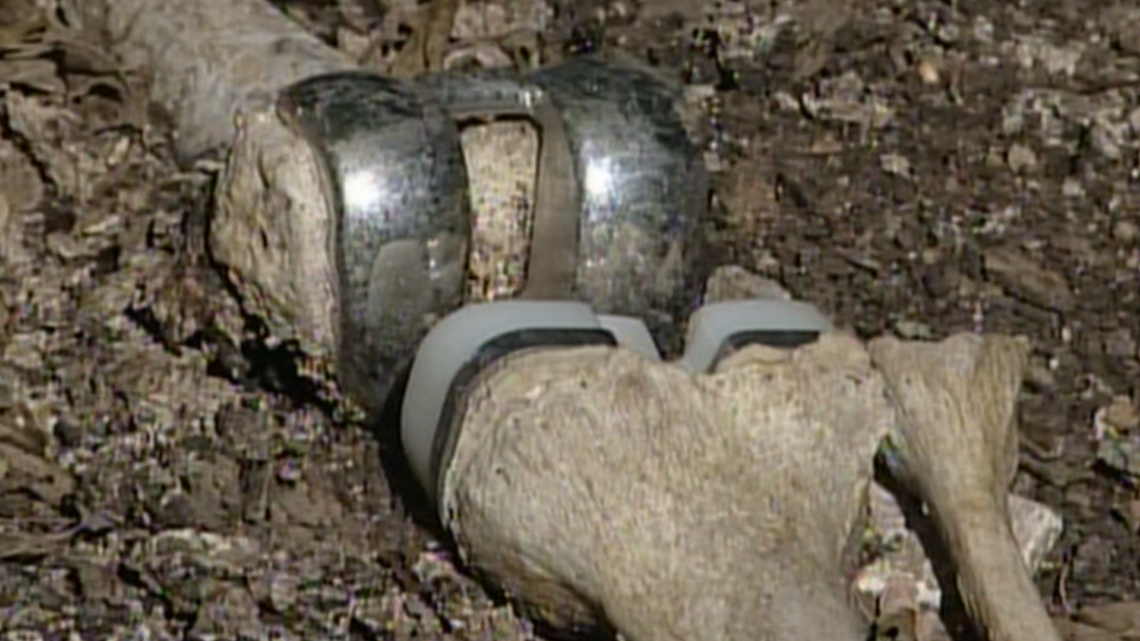
The UT forensic center, she said, "has an amazing reputation."
Vidoli said the participants who come to Knoxville for training have a range of experience.
"We have students who are in law enforcement and have lots of experience under their belt, and other students who have never seen a deceased individual before," she said. "We are able to modify our courses to really match their experience and comfort level."
ALTRUISTIC GIFT
Donors are never alone at the Body Farm.
There's someone at the facility every day of the year -- measuring, collecting, photographing, observing. People work on Christmas, New Year's, their birthday, whenever, said Hayden McKee-Zech, a doctoral student in the UT Anthropology Department.

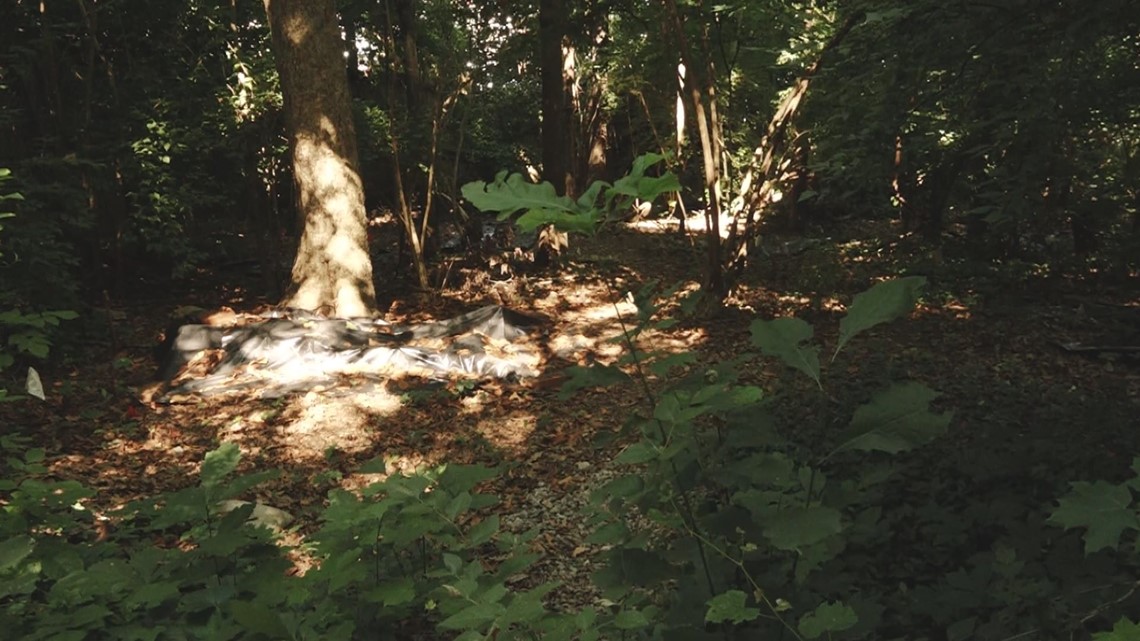
Faculty or students may be dropping off a donor or picking up the bones of someone whose time has come to an end there, she said.
Steadman said the FAC has a "love-hate" relationship with pop culture representations of the Body Farm. They're distorted, exaggerated, needlessly shocking.
But they also give the FAC a chance to educate the public about what really goes on at the Anthropology Research Center as well as at the neighboring William Bass Forensic Anthropology Building and in anthropology classrooms on the UT campus, she said.
Jantz said the Body Farm isn't a static place. It's bound to change as research and training needs change. There are already plans in the works for change, she said.
Owings views the Body Farm as a "place full of hope." Working there is the fulfillment of a lifelong dream, she said, and her biggest accomplishment so far.
"When you walk through the gates, you see the hundreds of people who made that altruistic gift to give their bodies to the advancement of science and forensic science. It's just, it's an amazing feeling," Owings said.

